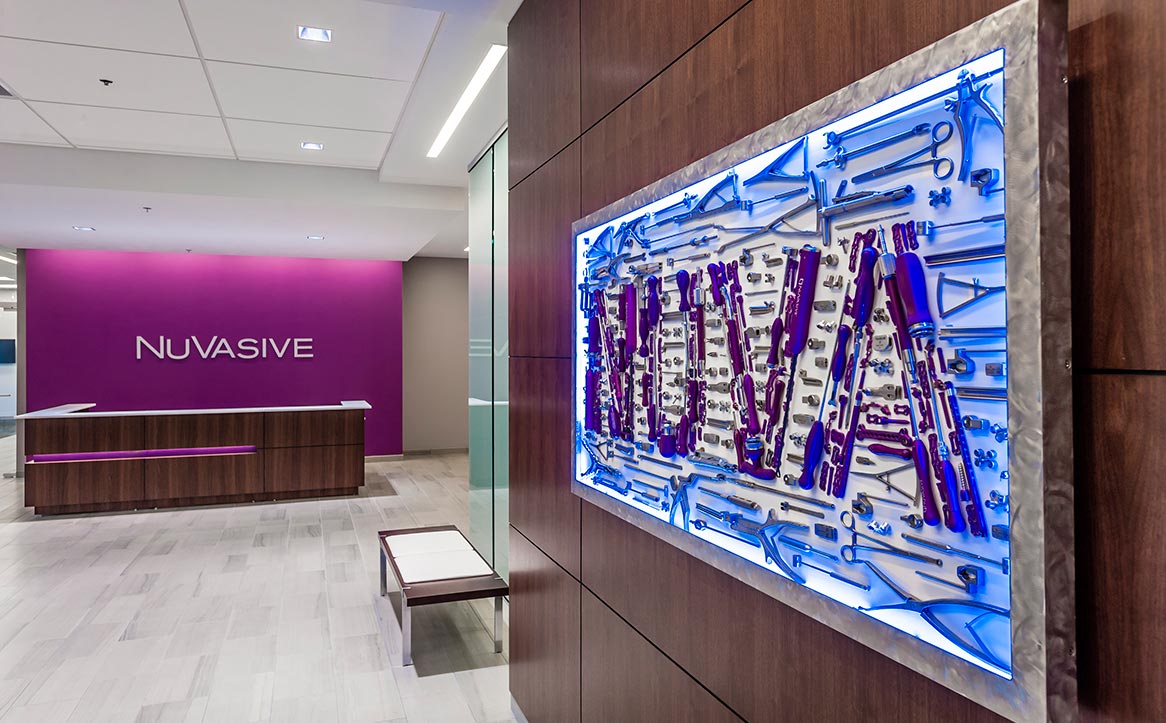Get to Know Nuvasive
NuVasive strives to develop novel surface and structural technologies to enhance the osseointegration and biomechanical properties of surgical materials. They develop proprietary design and manufacturing methods behind Advanced Materials Science that create implants intelligently designed for fusion. As the leader in spine technology innovation, they maintain focus on transforming spine surgery to deliver clinically-proven surgical outcomes. LessRay powered by Surgical Intelligence, is an image enhancement platform designed to take low-quality, low-dose images and improve them to look like conventional full-dose images. X-ray or fluoroscopic radiation has been identified as a potential cause for a host of medical problems. LessRay offers the physician and hospital system the opportunity to use significantly reduced radiation imaging in the O.R.

The Challenge
Nuvasive wanted us to collaborate with them on a proof of concept project which would completely change the way their LessRay platform operates. Our first challenge was to quickly grasp the way their current system operates, and the logic behind LessRay X-ray imaging.
The Solution
Tensorflow was used to manipulate the neural network which has a state of the art Mask R-CNN framework for object segmentation built on top of it. This neural network (NN) was trained using a vast amount of images Nuvasive provided for NN calibration, and then used on fresh images to test how well the recognition algorithm works in practice. After Mask R-CNN locates and marks the areas of interest (zones) on low-dose image, these same zones would be located on the full-dose image and replaced accordingly. Due to complex and sensitive nature of project, only scalar transformations are allowed on the image. We successfully set up the network and Mask R-CNN framework running in the environment and used Python for zone extraction. Big emphasis was placed on speed of development because this was only a prototype project. This is why Python and all the sci libraries like Tensorflow, scipy, opencv, keras, and others available in it were put in use.






